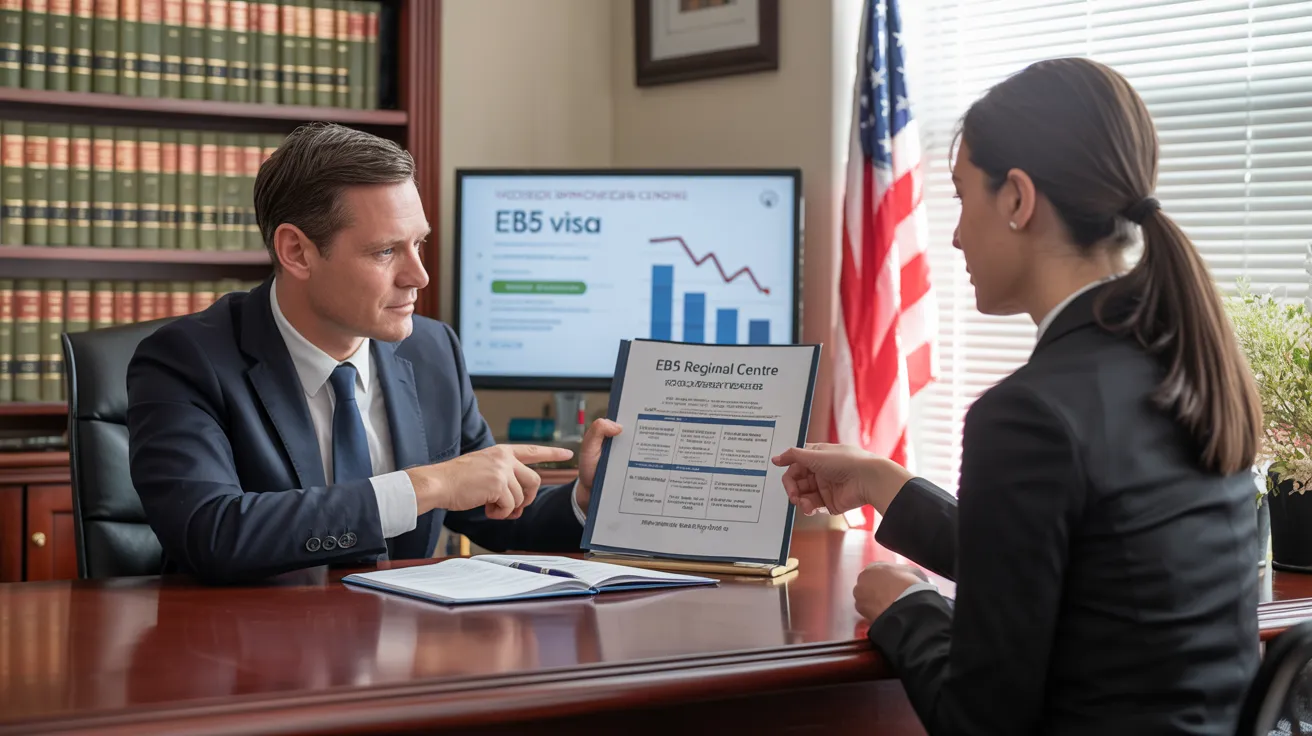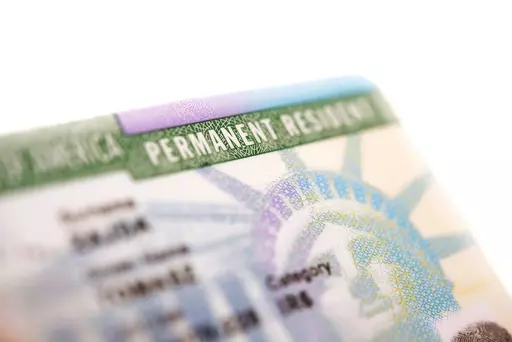L1 Visa Process
The Basic Principles Of L1 Visa
Table of ContentsTop Guidelines Of L1 VisaThe 7-Second Trick For L1 VisaWhat Does L1 Visa Mean?L1 Visa for BeginnersWhat Does L1 Visa Mean?The Facts About L1 Visa Uncovered
Offered from ProQuest Dissertations & Theses Worldwide; Social Scientific Research Costs Collection. (2074816399). (PDF). Congress. (PDF). DHS Office of the Assessor General. (PDF). (PDF). "Nonimmigrant Visa Statistics". Fetched 2023-03-26. Division of Homeland Security Workplace of the Inspector General, "Testimonial of Vulnerabilities and Possible Misuses of the L-1 Visa Program," "A Mainframe-Size Visa Loophole".
U.S. Department of State. Recovered 2023-02-08. Tamen, Joan Fleischer (August 10, 2013).
Little Known Facts About L1 Visa.
In order to be eligible for the L-1 visa, the foreign company abroad where the Recipient was utilized and the U.S. business have to have a certifying partnership at the time of the transfer. The different types of qualifying partnerships are: 1.
Instance 1: Business A is integrated in France and uses the Beneficiary. Firm B is included in the united state and desires to petition the Beneficiary. Company A has 100% of the shares of Company B.Company A is the Parent and Firm B is a subsidiary. There is a qualifying connection in between the 2 companies and Business B must be able to sponsor the Recipient.
Firm A has 40% of Firm B. The remaining 60% is possessed and controlled by Firm C, which has no connection to Company A.Since Firm A and B do not have a parent-subsidiary relationship, Business A can not fund the Beneficiary for L-1.
Business An owns 40% of Business B. The staying 60% is had by Business C, which has no relation to Company A. Nonetheless, Firm A, by formal contract, controls and complete handles Business B.Since Firm An owns much less than 50% of Firm B yet takes care of and controls the company, there is a qualifying parent-subsidiary connection and Firm A can fund the Recipient for L-1.
The smart Trick of L1 Visa That Nobody is Talking About
Firm B is included in the U.S.
The Ultimate Guide To L1 Visa

The L-1 visa is an employment-based visa category established by Congress in 1970, enabling international companies to move their managers, executives, or essential employees to their united state operations. It is typically described as the intracompany transferee visa. There are 2 primary types of L-1 visas: L-1A and L-1B. These types appropriate for workers worked with in various placements within a business.

In addition, the recipient has to have operated in a managerial, executive, or specialized employee placement for one year within the three years preceding the L-1A application in the international firm. For brand-new workplace applications, international work should have been in L1 Visa attorney a supervisory or executive capability if the beneficiary is pertaining to the USA to function as a manager or executive.
Some Known Details About L1 Visa

If given for a united state firm functional for more than one year, the first L-1B visa is for up to 3 years and can be extended for an extra two years (L1 Visa). Conversely, if the united state company is recently developed or has been functional for much less than one year, the first L-1B visa is issued for one year, with expansions available in two-year increments
The L-1 visa is an employment-based visa category developed by Congress in 1970, allowing multinational firms to transfer their supervisors, execs, or vital employees to their united state operations. It is frequently referred to as the intracompany transferee visa. There are two main sorts of L-1 visas: L-1A and L-1B. These kinds appropriate for workers hired in various positions within a company.
Indicators on L1 Visa You Should Know
In addition, the beneficiary has to have operated in a managerial, executive, or specialized worker position for one year within the three years preceding the L-1A application in the foreign business. For new office applications, international employment must have remained in a managerial or executive capacity if the beneficiary is coming to the United States to work as a supervisor or executive.
for as much as 7 years to manage the operations of the united state affiliate as an exec or supervisor. If provided for an U.S. firm L1 Visa guide that has actually been operational for even more than one year, the L-1A visa is at first given for up to three years and can be extended in two-year increments.
If provided for an U.S. business operational for more than one year, the first L-1B visa is for as much as three years and can be prolonged for an added two years. On the other hand, if the U.S. company is newly developed or has been functional for much less than one year, the preliminary L-1B visa is issued for one year, with expansions readily available in two-year increments.